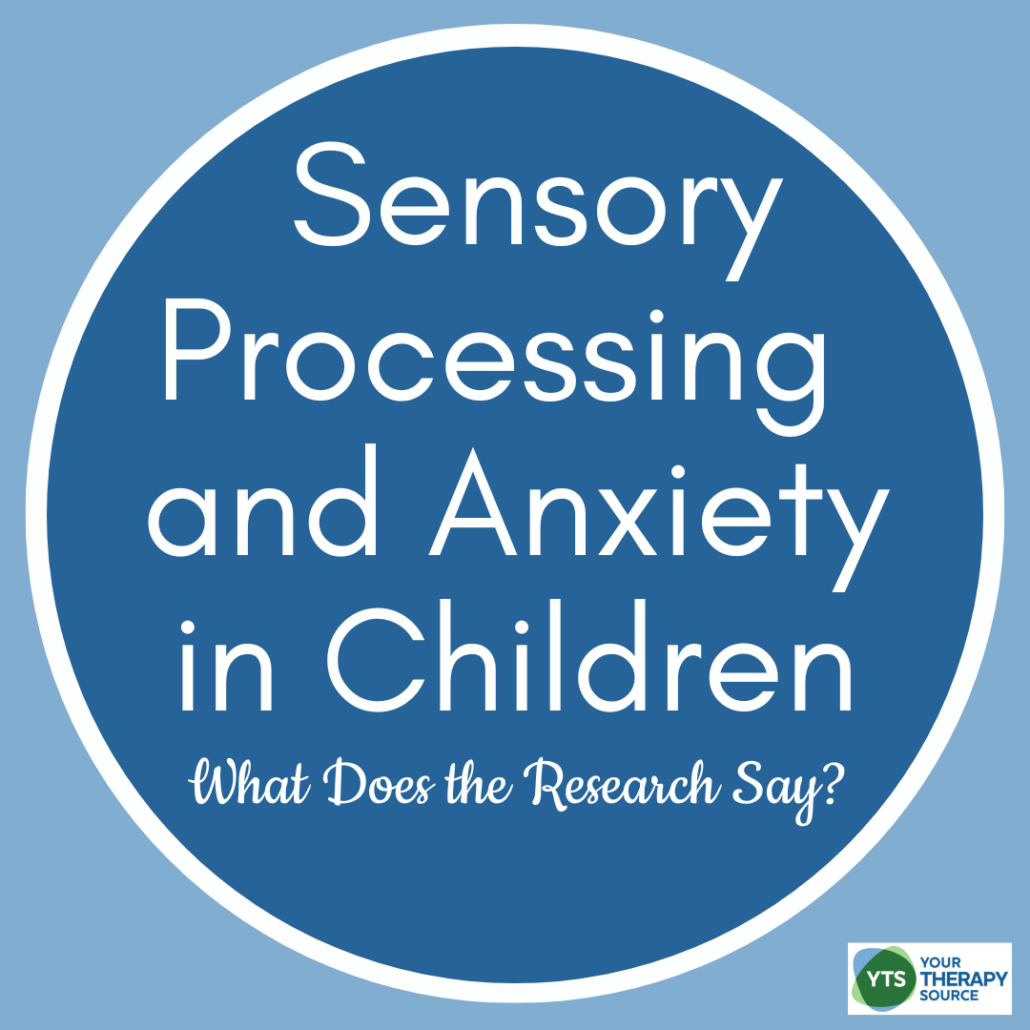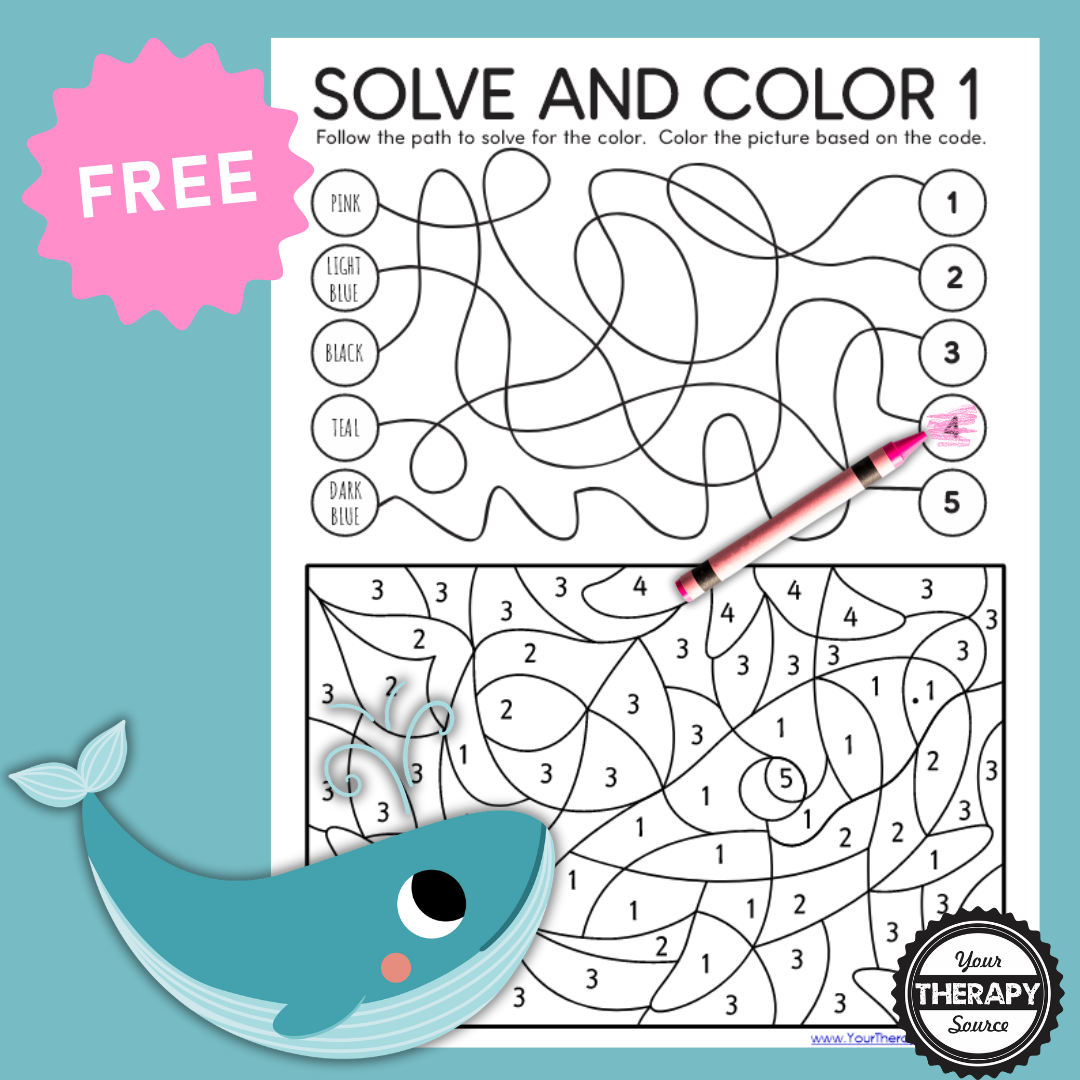Sensory Processing and Anxiety – What is the Relationship?
Sensory processing and anxiety are intricately linked in children and adolescents. Research has shown that altered sensory processing is associated with symptoms of obsessive-compulsive disorder (OCD) and anxiety disorders (ADs) in youth. Understanding these connections can help parents, educators, and mental health professionals support children who face these challenges.
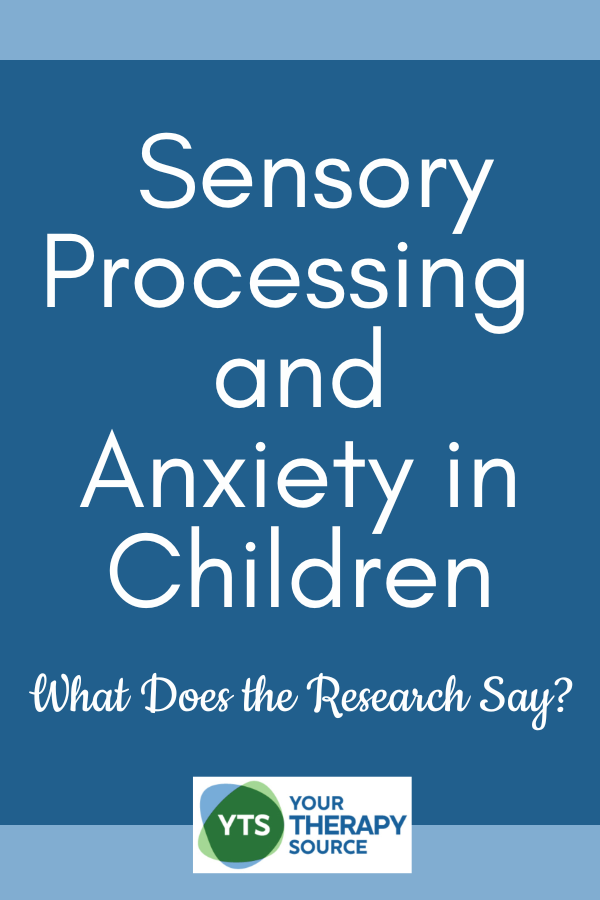
Understanding Sensory Processing in Children
Sensory processing involves how the central nervous system interprets and responds to sensory information, such as bright lights, loud noises, and tactile sensations. This system is essential for children to engage with their environment and manage emotional responses. The eight types of sensory input include:
- Visual: Sight and perception of light.
- Auditory: Hearing and processing sounds.
- Tactile: Touch and texture.
- Olfactory: Smell.
- Gustatory: Taste.
- Vestibular: Balance and spatial orientation.
- Proprioceptive: Body position and movement.
- Interoceptive: Internal body sensations.
When sensory processing is disrupted, it can lead to feelings of being overwhelmed, contributing to increased anxiety. This connection highlights the importance of understanding and addressing sensory processing issues in children to support their emotional well-being.
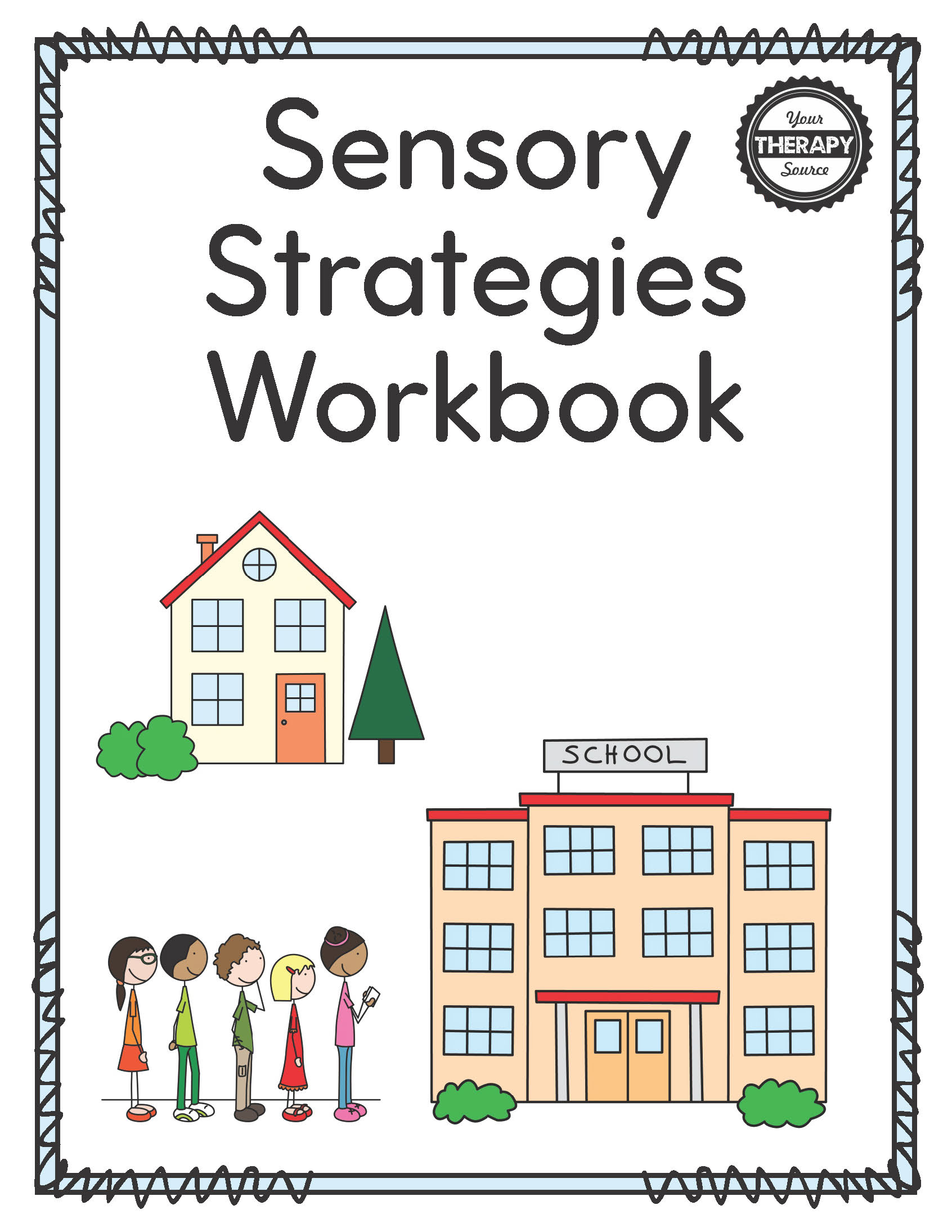
Sensory Strategies Workbook
Sensory Processing Disorder and Anxiety and Obsessive Compulsive Disorder: What Does the Research Say?
Research indicates that children with sensory processing difficulties often experience anxiety disorders. A study by Cervin (2023) found that youth with OCD and ADs reported more sensory challenges than their peers without psychiatric disorders. This suggests that sensory issues can exacerbate anxiety symptoms, leading to a heightened physiological response and emotional reactions. Here are more details about the study:
- The study explored sensory processing in children with OCD and anxiety disorders (ADs).
- It was expected that sensory issues would be more linked to OCD, but this was not the case.
- Both groups (OCD and ADs) showed similar levels of sensory processing difficulties, which were higher than in youth without disorders.
- Sensory issues were related to various symptoms, including panic and social anxiety.
- Sensory processing difficulties were not explained by other conditions like ADHD or ASD.
- The study confirmed previous findings that youth with OCD and ADs have more sensory difficulties than those without these disorders.
- Sensory processing challenges were more common in girls and older children, highlighting developmental differences.
- These findings suggest that sensory processing issues are widespread and linked to broader mental health symptoms, not just specific to one disorder.
- More research is needed to understand how sensory processing and mental health disorders influence each other over time.
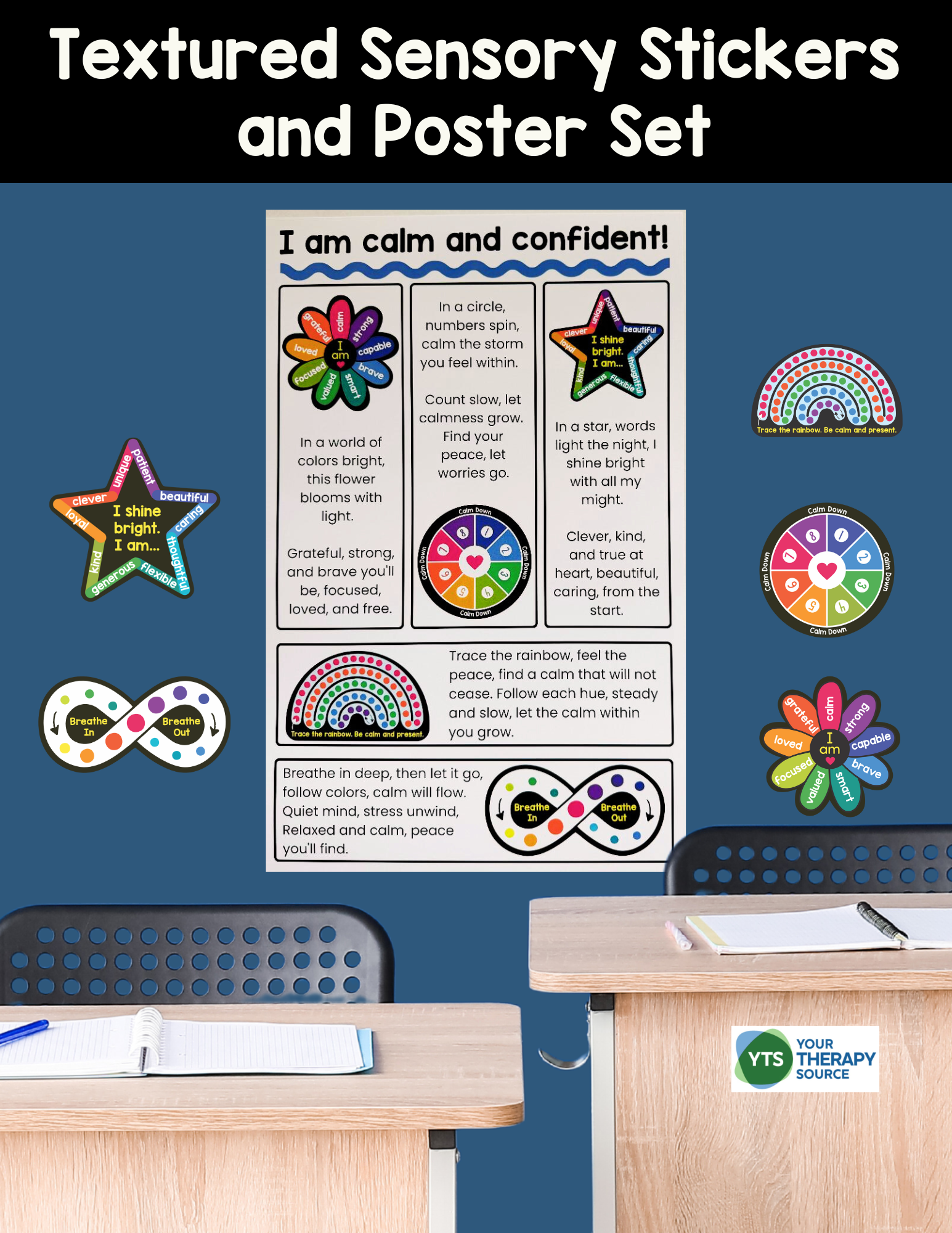
Textured Sensory Stickers and Poster Set
Sensory Issues and Anxiety
Children can have various sensory issues that may trigger anxiety. Here are a few examples:
- Avoidance of Certain Textures: Students may experience anxiety when required to touch materials like play dough in early childhood settings or wear gym uniforms with irritating tags.
- Sensitivity to Loud Noises: Anxiety can arise from anticipating fire drills or loud classroom environments, leading to distress.
- Aversion to Bright Lights: Unexpected changes in classroom lighting can trigger anxiety, causing discomfort and distraction.
- Intolerance of Strong Smells: Anxiety may occur when exposed to strong odors in the cafeteria, leading to avoidance of certain areas.
- Discomfort with Crowds: Anxiety can escalate during school assemblies or crowded hallways, leading to feelings of being overwhelmed and the need to withdraw.
- Loud Music: Anxiety may result from attending school dances or assemblies where music volume is high, causing distress and withdrawal.
- Crowded Places: Anxiety can be triggered in busy school hallways or cafeterias, leading to avoidance or panic.
- Busy Birthday Parties: Sensory overload from noise and social interactions can cause anxiety, leading to reluctance in attending such events.
- Unexpected Touch: Anxiety may occur in crowded situations, such as during recess, where unexpected physical contact is likely.
- Multisensory Events: Environments like school fairs with various stimuli can overwhelm the senses, leading to anxiety and the desire to retreat.
Sensory Overload and Anxiety
Sensory overload occurs when the brain receives more sensory input than it can process at once. This can lead to feelings of being overwhelmed, anxious, or stressed. When multiple sensory stimuli occur simultaneously, it can be difficult for individuals to focus or cope, resulting in a need to withdraw or escape the situation to reduce anxiety. Here are specific examples of possible causes of sensory overload and anxiety:
- School Cafeteria: The combination of loud chatter, clattering dishes, and various food smells can overwhelm a student, causing anxiety and a desire to eat elsewhere.
- Public Transportation: Crowded buses or trains with loud announcements, jostling passengers, and strong odors can lead to sensory overload and heightened anxiety.
- Shopping Malls: Bright lights, loud background music, and bustling crowds can overwhelm individuals, resulting in anxiety and the need to leave the area.
- Sporting Events: The roar of the crowd, whistles, and bright stadium lights can create a sensory-rich environment, triggering anxiety in sensitive individuals.
- Fireworks Displays: The combination of loud explosions, bright flashes, and smoke can cause significant sensory overload, leading to panic or anxiety.
Fight or Flight Response from Sensory Issues and Anxiety
The fight-or-flight response is a physiological reaction to perceived threats. Sensory issues can trigger this response when overwhelming stimuli, such as loud noises or bright lights, are interpreted by the brain as dangers. This can lead to heightened anxiety, causing the body to prepare to either confront the threat or escape from it. In children, this may manifest as panic attacks, avoidance behaviors, or emotional outbursts when faced with sensory overload, emphasizing the connection between sensory processing difficulties and anxiety.
Signs or Symptoms of Sensory Processing Disorder Related to Anxiety
Parents and healthcare professionals should be attentive to signs of sensory processing disorder and individual differences that may be linked to anxiety, including:
- Avoidance of Certain Textures or Noises: Children may refuse to wear specific clothing due to discomfort with textures or avoid environments like crowded areas with loud noises. This avoidance can trigger or exacerbate anxiety, leading to an emotional response in everyday situations.
- Emotional Outbursts or Meltdowns: These can occur when children are overwhelmed by sensory input, such as in noisy or brightly lit spaces. This sensory overload can provoke significant anxiety, resulting in emotional dysregulation and heightened stress.
- Physical Symptoms of Anxiety: Children may experience headaches or stomachaches when exposed to overwhelming sensory stimuli, such as at a busy grocery store or during exposure to loud music. These physical symptoms reflect the strong link between sensory challenges and anxiety.
- Difficulty with Fine Motor Skills: Linked to sensory processing challenges, tasks requiring fine motor skills, like writing or using scissors, may become stressful and anxiety-inducing, impacting the child’s ability to participate in school and other activities.
10 Tips to Help Children Who Are Struggling with Sensory Issues and Anxiety
The good news is that there are many strategies to help children with sensory processing problems.
- Create a Sensory Diet or Daily Sensory Strategies: Incorporate activities that help regulate sensory input, like deep pressure or progressive muscle relaxation.
- Use Sensory Integration Therapy: Parents of children who are struggling may need to get a referral for occupational therapy. Work with an occupational therapist to develop strategies that address individual needs.
- Introduce Relaxation Techniques: Practices like yoga or deep breathing can help manage sensory anxiety.
- Limit Exposure to Triggers: Identify and reduce exposure to common triggers, such as loud music or bright lights.
- Incorporate Routine and Structure: This can provide a sense of security and predictability. It can help to reduce panic attacks.
- Practice Exposure Therapy: Gradually increase exposure to sensory stimuli in a controlled way to reduce anxiety.
- Engage in Cognitive-Behavioral Therapy (CBT): Work with clinical psychologists to address underlying causes of anxiety.
- Provide Additional Support in School: Collaborate with teachers to create a supportive learning environment.
- Foster Open Communication: Encourage children to express their sensory experiences and emotional states.
- Seek Guidance from Mental Health Professionals: Regular therapy sessions can provide ongoing support.
Summary
Understanding the relationship between sensory processing and anxiety is crucial for supporting children with sensory issues and anxiety disorders. Parents, teachers, and mental health professionals can help children navigate their sensory challenges and improve their emotional well-being with appropriate strategies and interventions. This comprehensive approach can make a significant difference in the lives of children facing these difficulties, providing them with the tools they need to manage their anxiety and thrive.
More Helpful Information on Sensory Processing
- OT IEP Goals for Sensory Processing
- Sensory Modulation, Anxiety, and Ritual Behaviors
- Sensory Processing and Interoception
- ADHD and Sensory Processing
- Autism and Sensory Processing Disorder
Reference
Cervin, M. (2023). Sensory processing difficulties in children and adolescents with obsessive-compulsive and anxiety disorders. Research on Child and Adolescent Psychopathology, 51(2), 223-232.
